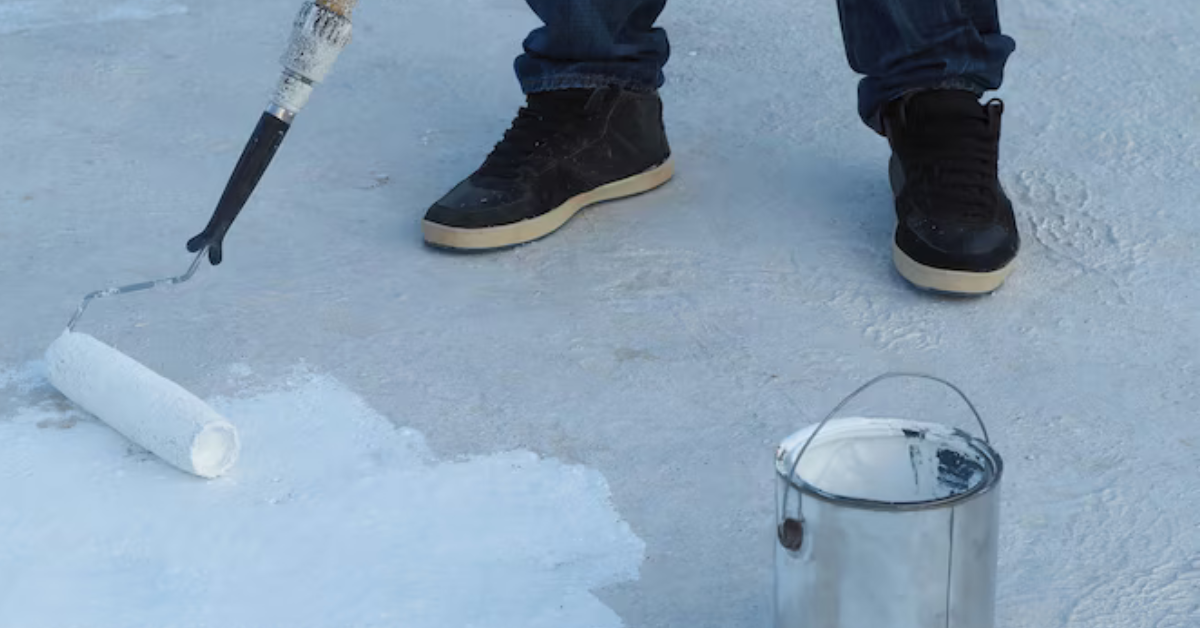Notifications

6 minutes, 34 seconds
-200 Views 0 Comments 0 Likes 0 Reviews

Water may be essential for life, but it’s one of the biggest enemies of any building. Over time, even a small leak or hidden moisture patch can lead to mold growth, wall cracks, peeling paint, and structural damage. That’s why waterproofing services are crucial for every home, not just during construction but also as part of ongoing maintenance. While many homeowners recognize the need for waterproofing, most aren't sure which areas of their homes need it the most.
Water doesn't follow predictable patterns it seeps through the smallest cracks, accumulates in hidden corners, and compromises the integrity of your structure when left unchecked. Investing in professional waterproofing services for the right parts of your home can save you from expensive repairs, health hazards, and long-term deterioration. In this blog, we’ll cover the seven most important areas of a home that should always be waterproofed and why.
The roof is your home’s first line of defense against the elements. It's constantly exposed to rain, sunlight, and fluctuating temperatures, all of which can create cracks, leaks, and seepage over time. A poorly waterproofed roof may develop standing water, weaken the ceiling structure, and eventually cause water to drip inside the house. Professional waterproofing services typically use membrane systems, PU coatings, or bitumen layers to create a strong protective barrier, keeping your roof safe and dry even during heavy rains.
Basements are often the most moisture-prone part of any home, especially in regions with high water tables. Since they are below ground level, water can seep in through foundation cracks, floor joints, or even tiny pores in the concrete. This results in musty smells, damp walls, and in extreme cases, structural weakening. Basement waterproofing involves internal and external sealing, sump pumps, and drainage systems that prevent moisture from entering, keeping the area dry and usable.
Bathrooms, wash areas, and utility rooms are in constant contact with water, making them extremely susceptible to leaks and dampness. Grout lines, corners, and pipe joints are common weak spots. If not waterproofed properly, moisture can escape into adjacent rooms or cause hidden wall damage. Bathroom waterproofing typically involves cementitious coatings, membranes under tiles, and corner sealing to ensure zero leakage. It’s a must for both aesthetics and hygiene.
Terraces and balconies are often neglected when it comes to waterproofing, but they face the same weather extremes as your roof. Standing rainwater, temperature variations, and poor drainage can lead to water seepage into the floor below, weakening slabs and causing visible dampness on ceilings. Waterproofing services here include flexible coatings that handle expansion and contraction, proper slope design, and sealing joints between floors and walls.
External walls are directly exposed to rain, wind, and pollution. Over time, the paint starts peeling, cracks appear, and water starts seeping into the interior walls. This not only affects the appearance of your home but can also create an environment for mold and mildew. Wall waterproofing involves applying water-resistant coatings or paints, sealing cracks, and treating the surface to prevent water absorption. It protects both the outside look and inside health of your home.
While kitchens don’t seem as moisture-heavy as bathrooms, they are exposed to steam, occasional spills, and washing water that can seep into cabinets or behind walls. Plumbing leakages or poor tiling can cause long-term issues. Waterproofing in kitchens often includes protective layers below tiles, pipe joint sealing, and wall coatings, especially near sinks and dishwashers. Taking care of kitchen waterproofing prevents long-term cabinet damage and keeps mold at bay.
Overhead and underground water tanks, pump rooms, and other utility areas store large volumes of water. A small crack in the tank or its base can lead to significant water loss and structural damage. Waterproofing solutions for these areas include cementitious coatings, crystalline sealants, and tank lining systems to prevent leakage and contamination. These services are especially critical in homes where tanks are placed on rooftops or built into basements.
Waterproofing isn’t just about fixing leaks it’s about preserving your home’s health, appearance, and structural integrity. By focusing on key areas like roofs, basements, bathrooms, and external walls, you’re proactively protecting your biggest investment. Whether you're building a new home or maintaining an old one, professional waterproofing services can help you create a dry, safe, and comfortable living environment for years to come.
Bathroom waterproofing Basement Waterproofing basement-waterproofing LeakProofHome

